I have an array of values (concentration values), with each value taken at a different time point. I need to fit a gamma-variate curve (formula is in the picture below) to these values (i.e. find alpha and beta such that the curve best fits those points - all other variables are known.)

an example of the values i might get (crosses), and the curve I'd want to fit:

I have no idea how to do this. I tried to fit a simplified version of the formula, one that can be solved by using linear regression, by using matrices but I couldn't get it to work. That version of the formula (in which you only solve for one variable, alpha) looks like this:
simplified version, which would also be fine:

my attempt to solve fit the linear regression curve using matrices, using the vnl library (https://vxl.github.io/doc/release/core/vnl/html/index.html) looked like this. I was following this guy's tutorial (https://machinelearningmastery.com/solve-linear-regression-using-linear-algebra/)
//this is the "data", m_Timing is a vector containing the time each of the data were taken at.
vectorVoxel = inputVectorVolumeIter.Get();
// linear regression
//declaring the independent (y) and dependent values (x) for our linear regression
vnl_matrix<double> ind_var(timeSize, 1);
vnl_vector<double> dep_var(timeSize);
//this vector will hold the "weights" of the fitted line - although in this case there should only be 1 weight
vnl_vector<double> weights(1);
//loading the values into our independent and dependent variable holders
for (index = 0; index < timeSize; index++) {
ind_var(index, 0) = (1 + log(m_Timing[index]/tempTTP) - (m_Timing[index]/tempTTP));
dep_var.put(index, log(vectorVoxel[index]));
}
//fitting the curve!
weights = (ind_var.transpose() * ind_var) * ind_var.transpose() * dep_var;
It doesn't work - the weights vector, which should contain the coefficient (alpha) of the fitted line, just contains "null".
The code I'm working on uses the itk library (a library for medical image processsing), and I'm also using vnl for matrices. Is there any way to do this?
Thank you for reading this! I really appreciate any help/even just pointing me in the right direction because I have no idea how to proceed.